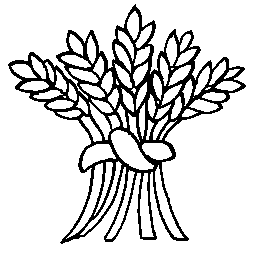The Window Tax was introduced by King William III in 1696 to compensate for revenue lost from coinage clipping, the tax assumed that a greater number of windows correlated with a larger, more valuable property and thus a wealthier owner.
It consisted of a flat-rate house tax (initially two shillings) plus a variable charge based on the number of windows above a certain threshold (initially ten windows).
To avoid the tax, property owners frequently bricked up windows, a practice leaving a lasting architectural mark still visible on many historic buildings. New properties were also built with fewer windows.
The tax disproportionately affected the poor living in large tenement buildings, which were taxed as single units. The resulting lack of natural light and ventilation in these homes was linked to serious health problems, including the spread of diseases like typhus, smallpox, and cholera. It was widely criticised by social reformers and doctors, including the writer Charles Dickens.
A national campaign led to its eventual repeal on July 24, 1851, when it was replaced by a tax on inhabited houses based on property value.
The phrase “daylight robbery” is popularly believed to have originated from this tax.
Return to 'Historic Documents'

